Story and Illustrations by Karen Quinn
As a gardener, and a general nature romantic, my heart begins to feel torn around mid-February. On one half, I want to honor the last of winter’s deep rest and on the other half, there is the burgeoning energy of spring’s return. One of my favorite activities at this time is to thumb through my seed stores, as well as the new year’s seed catalogs, and begin to plan my garden in earnest.
As February gives way to March, and the spring fever really sets in, many of us start to read the back of our seed packages to see when we can start indoor seeds or even plant hearty early spring crops. But the packages can be vague in their timing reference, and even “projected” last frost dates are no more than speculation, causing us to weigh out planting too soon–or even too late. What’s a gardening enthusiast to do?
Over the decades, I have somewhat started divorcing my process from the clinical, “back of the package” style of gardening and instead turned to nature for my guidance through the use of phenology. Technically speaking, phenology is the study of cyclic and seasonal natural phenomena in relation to climate and nature. It helps us take the measure of air and soil temperature, as well as sunlight and frost danger, and all you have to do is observe the plants and animals in your own yard. Simply watch for your “firsts” to start getting the lay of your own little ecosystem. First buds, first blooms, first animal and bird migrations, first insects, first hibernating animals and amphibians awakening. These are your indicators that certain environmental benchmarks have been met, then look to phenology to see what to plant when. It’s as easy as that.
One of my favorite phenological firsts always clears up the confusion for the age-old misunderstood question, “When do I plant my peas?” I’ve overheard folks rattle off everywhere from late January to Mid-February, which of course isn’t going to work since the permafrost is still intact and the ground is still completely frozen! But someone on some random social media site said it, so they believe that it must be true. I’m here to let you in on a little secret, dear reader. If you lean into the knowledge of farmers long past, you’ll turn your attention to nature for her cue. When you see forsythia in bloom, it is safe to plant your peas, as well as onion and lettuce. Even if you don’t have forsythia in your own yard, I bet there is some in your neighborhood.
A few more of my favorite firsts are to look for the crocus blooms to help me know it’s time to plant radishes, parsnips, and spinach. When my fence line daffodils blossom, I plant beets and carrots. Potatoes can be planted with the blooming of dandelions. Apple blossoms are the indicator for planting bush beans and when the blossoms fall, plant pole beans and cucumbers. When my lilacs are in full bloom, I know I can plant my annual flowers, as well as squash. Perennial plants can go in the ground when the maple trees begin leafing out. Beneath my maple tree, I have lily-of-the-valley. When they are in full bloom, I know it’s time to move my tomato transplants to the garden. The blossoms of the bearded irises along the riverbed are indicators to transplant my peppers and eggplants. Then when the peonies bloom, I can plant all the heat-loving seeds, such as melons and corn.
These are only a few tips off of the laundry list of indicators that phenology can offer you. I encourage you to do some research, watch nature, and get more in tune with your own environment. I guarantee you will be happy with your gardening results. One of my favorite references is found through the Old Farmer’s Almanac (OFA), they have an extensive list for every climate and even give suggestions for indoor seed starting based on phenology as well. My other go-to is through MSU. This is far more in depth, and they correlate Growing Degree Days (GDD) to help you plan for pests, molds, and viruses. This helps you know when to treat plants or release garden allies for preventative maintenance. In addition to all these helpful indicators, it can also tell you how long you have left in the season, so you know when to put your garden to bed for the winter as well.
My final suggestion comes in the form of a little homework. This year, if you aren’t already in the practice of this, I encourage you to keep a garden journal. In addition to writing what you plant and when you plant it, you could also include each “first” you see and date it. Then, you have this to look back on the next year as an indicator of when to start expecting your garden’s firsts! I’ve been keeping a garden journal for over 20 years, and I keep track of everything. From the first forsythia blooms to the weather, when I fed certain plants, and when I turned the compost. Creating a map of the past helps you predict the future.
Karen Quinn is a writer and artist who homesteads on a rural urban farm in Livonia, Michigan with her husband, son, and menagerie of animals. Her favorite things are reading, exploring, and drinking tea.
Related Articles:







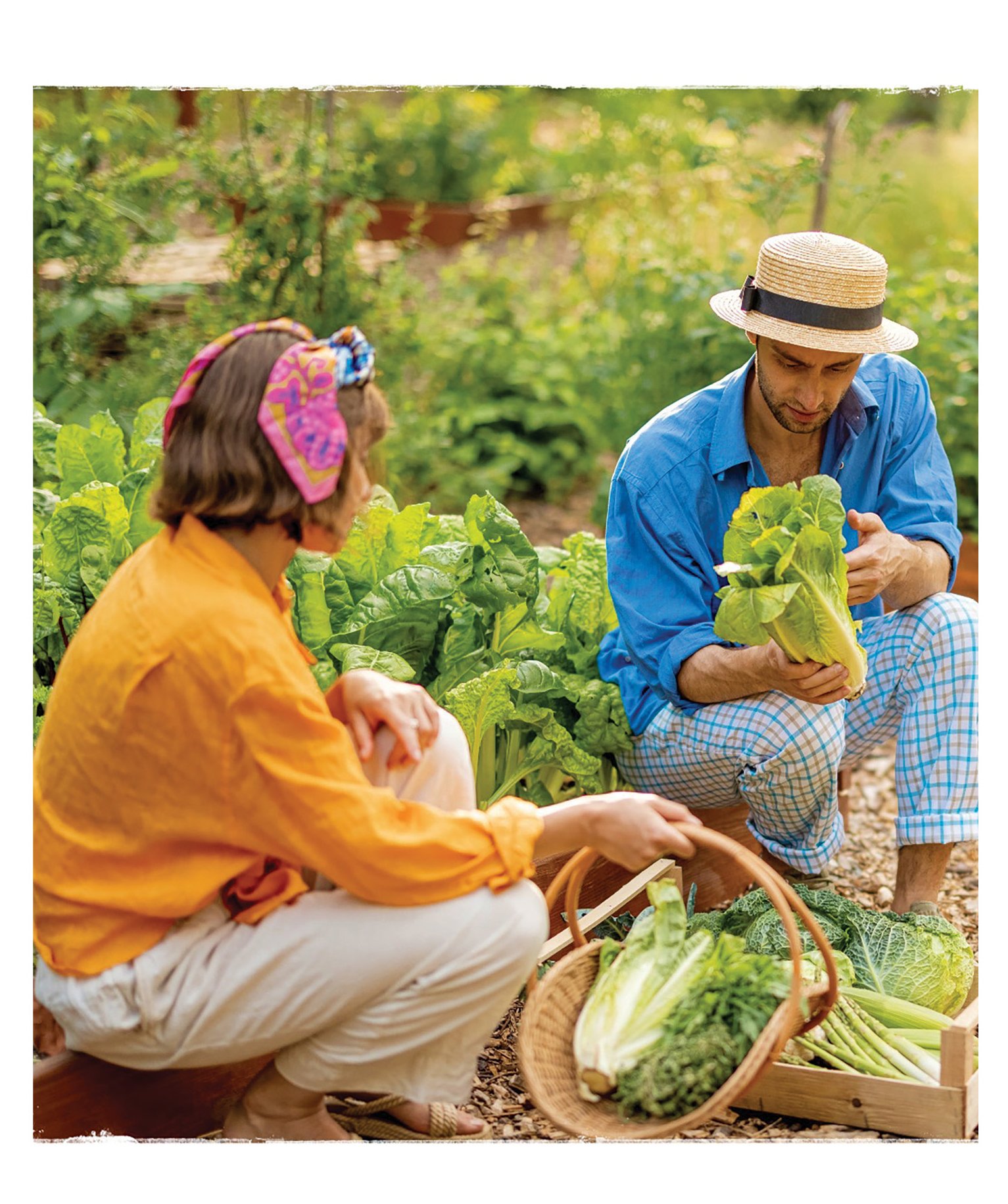




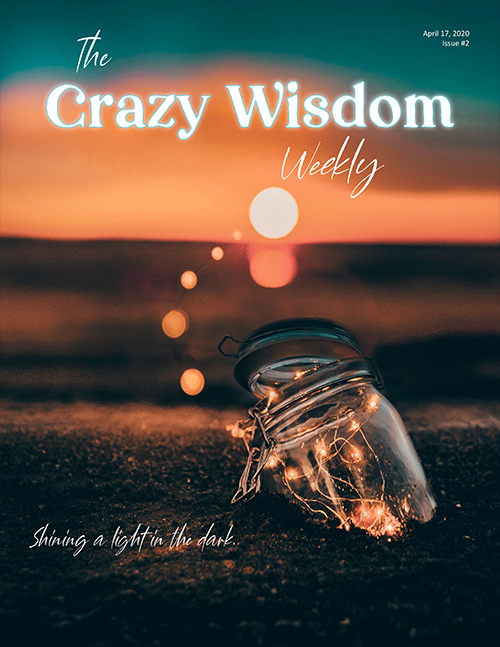
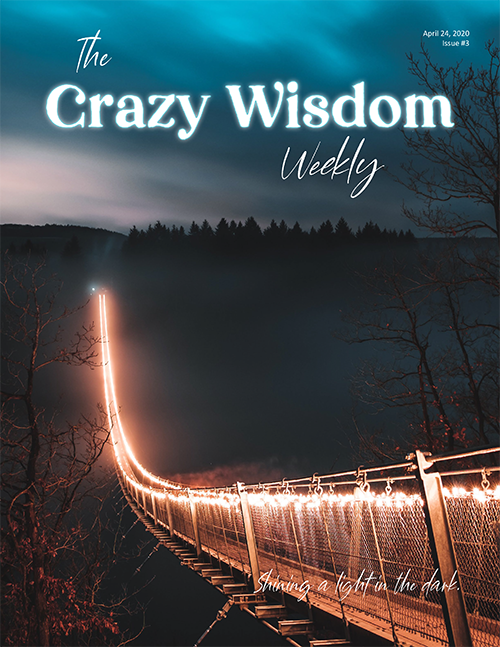


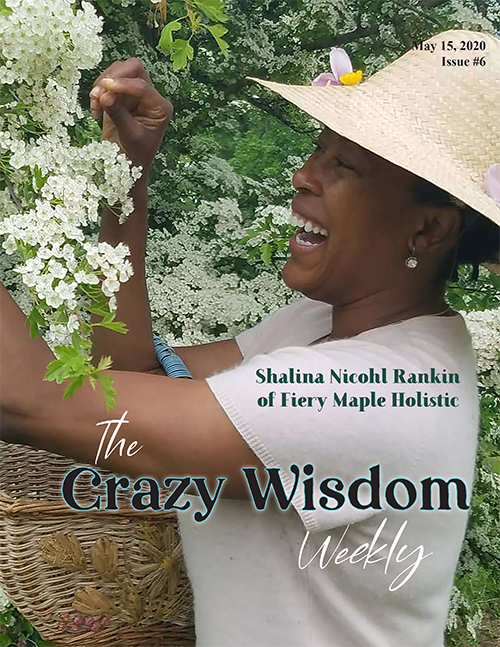
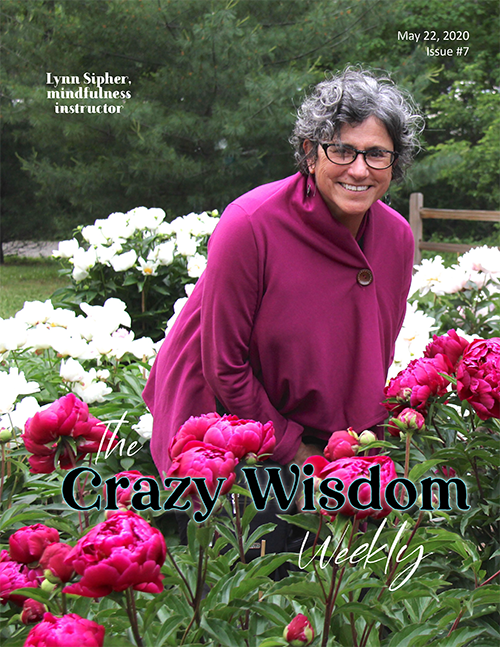
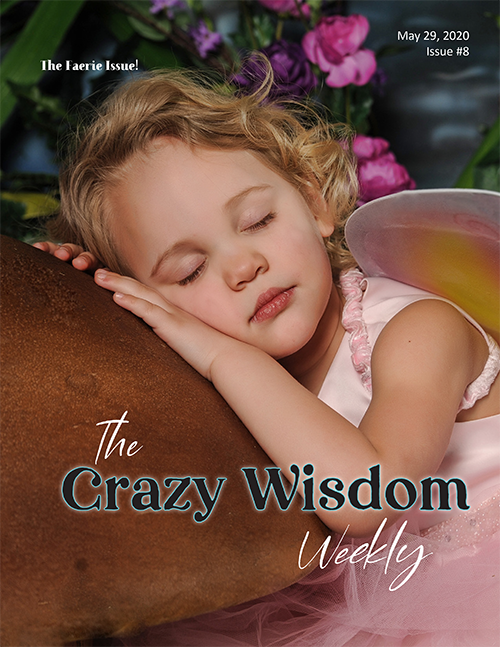










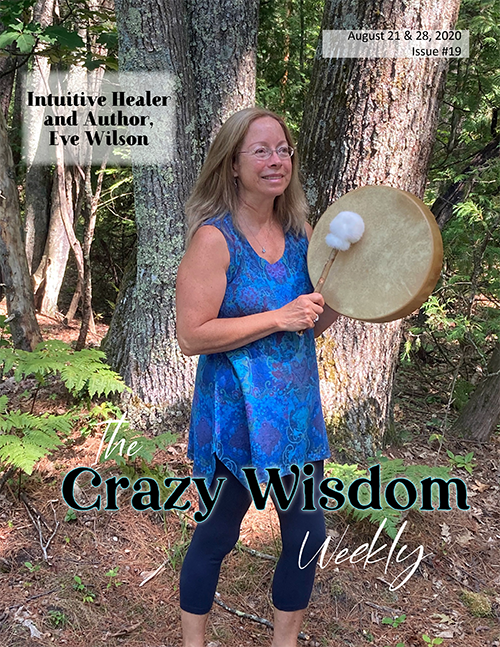








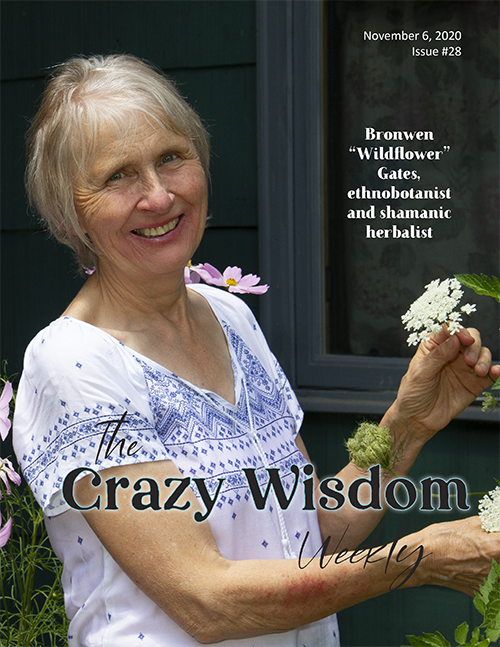





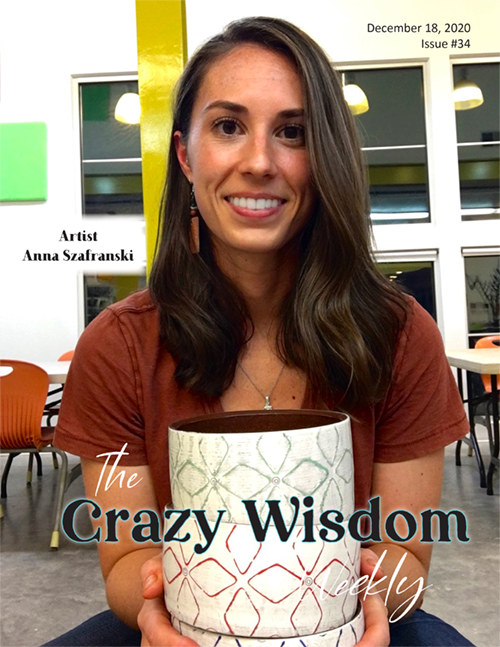
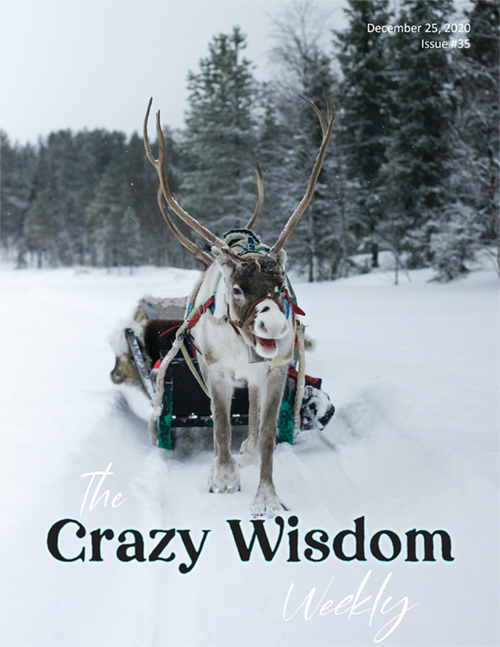






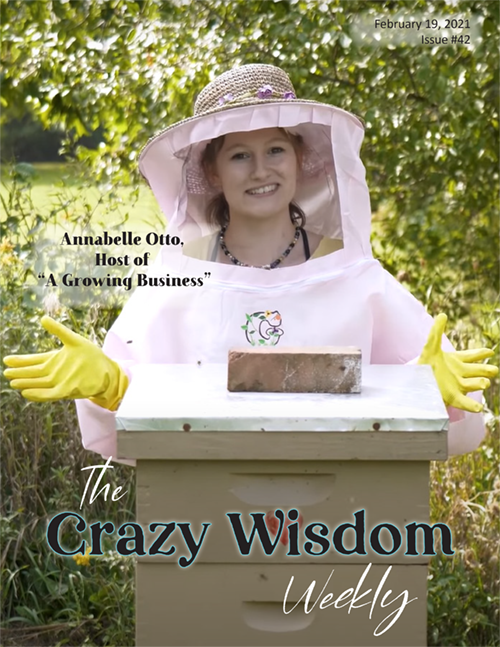
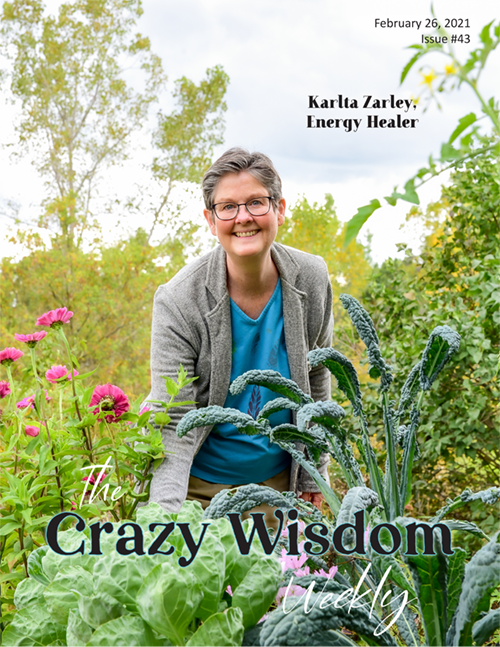

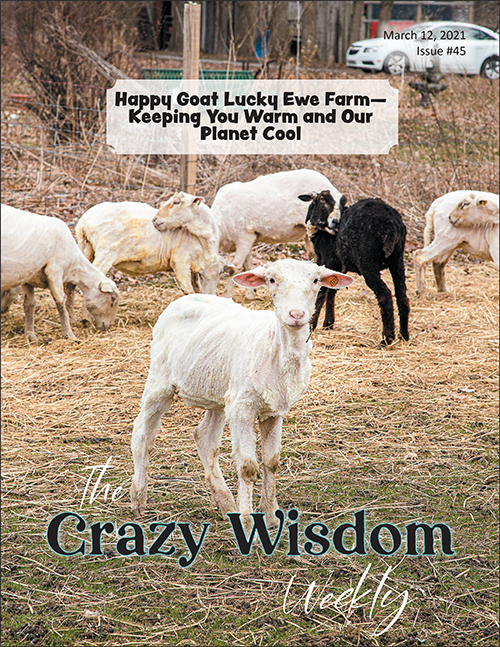

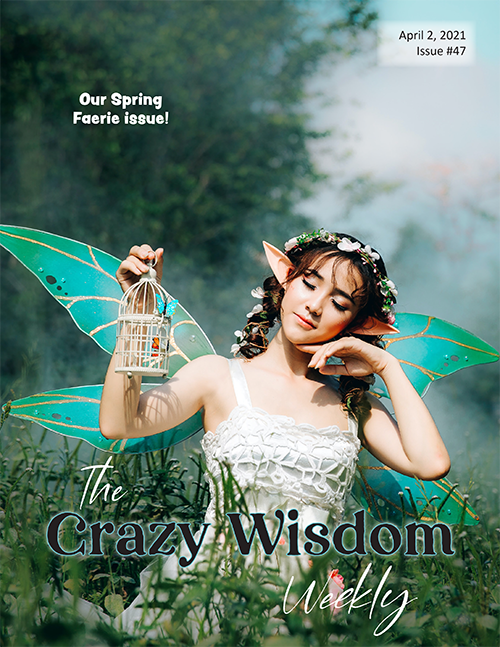


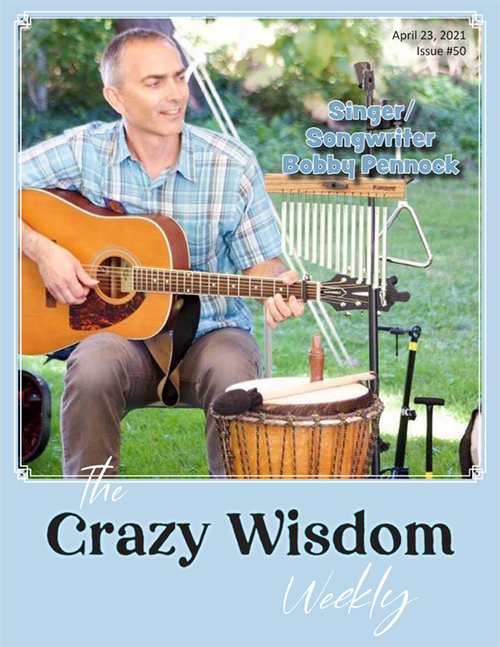










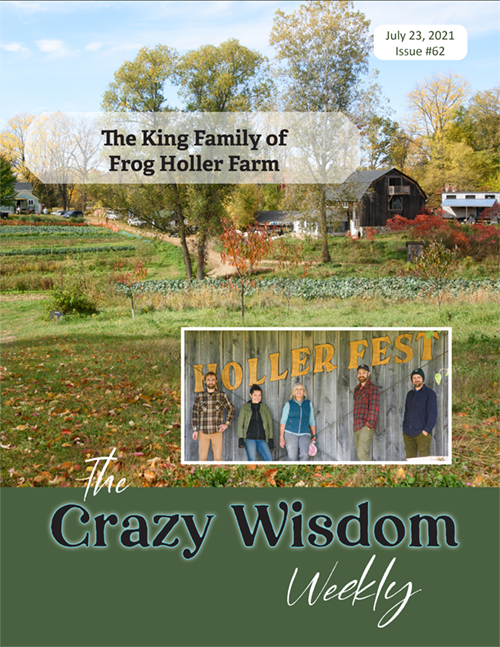
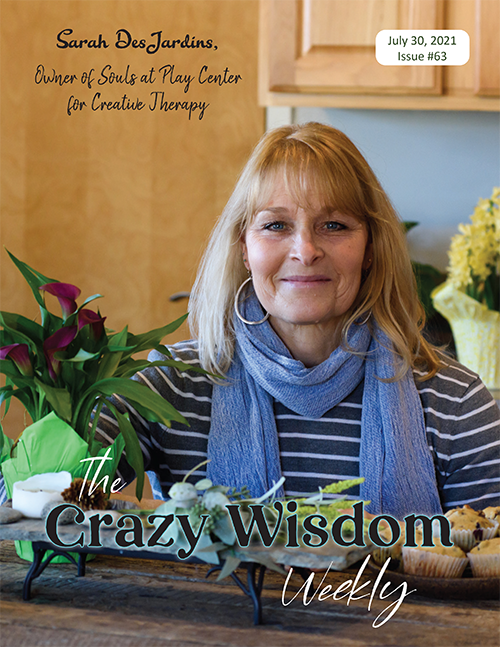

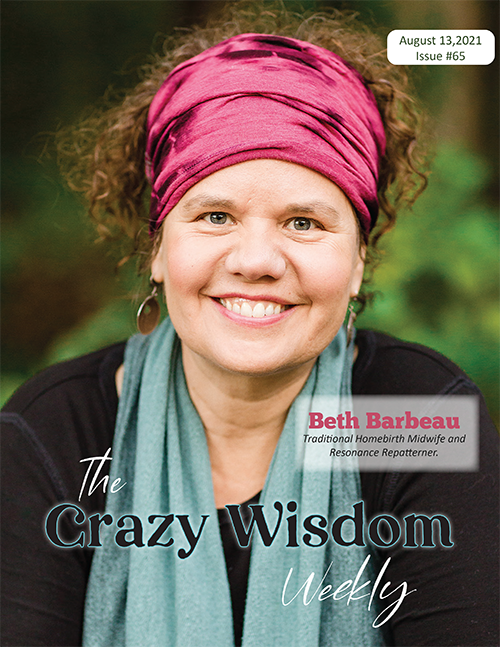


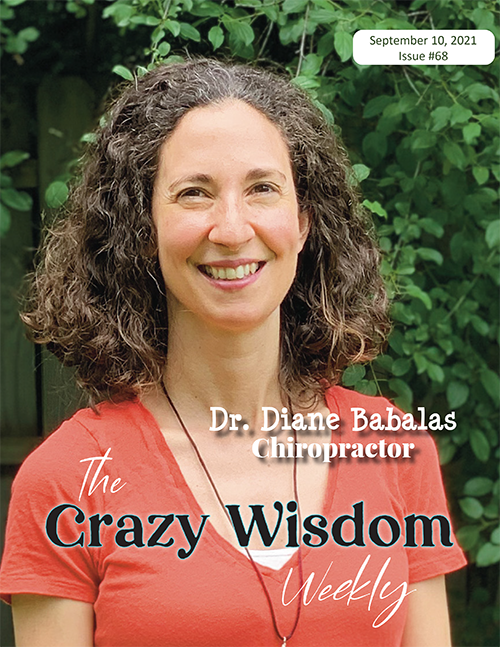

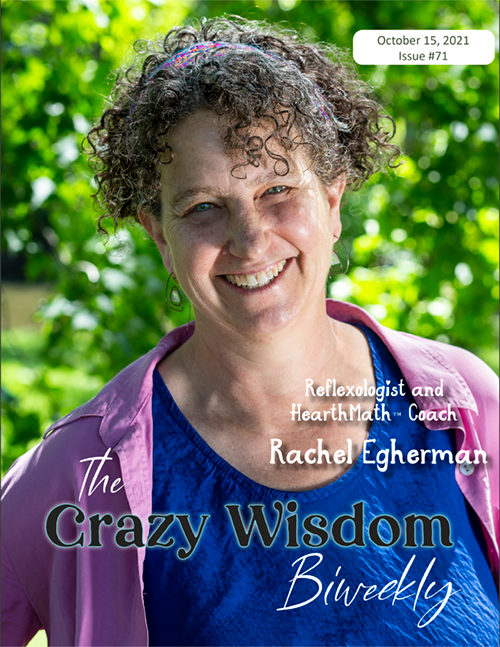
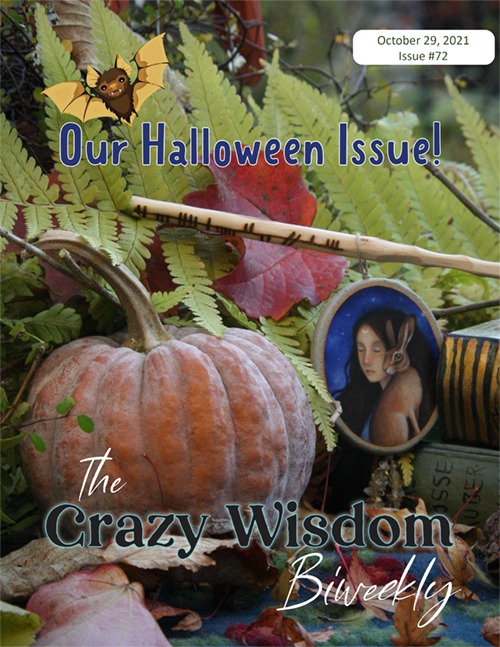
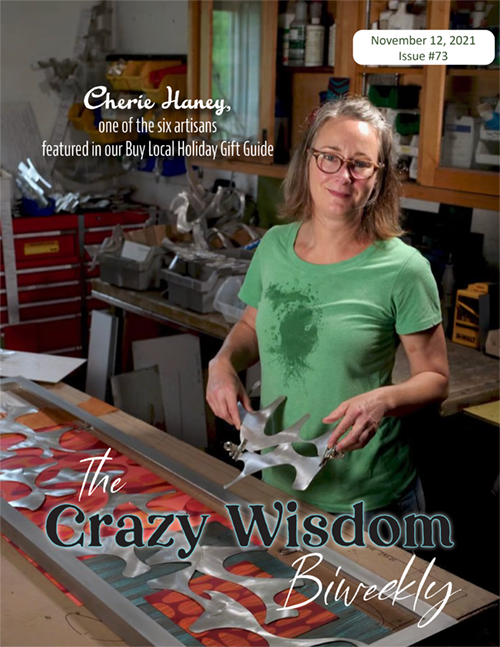


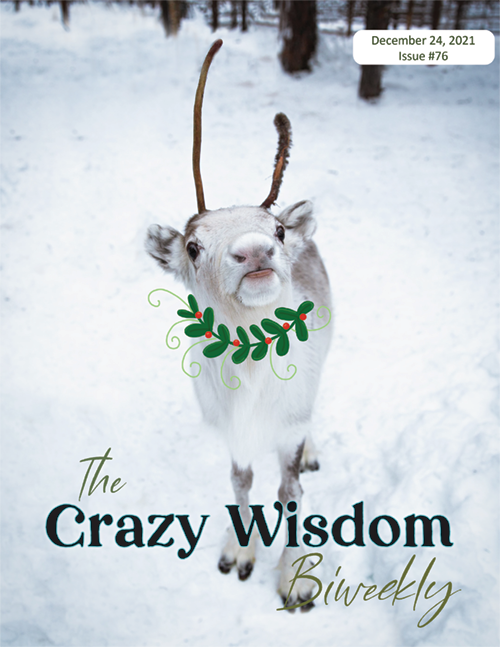






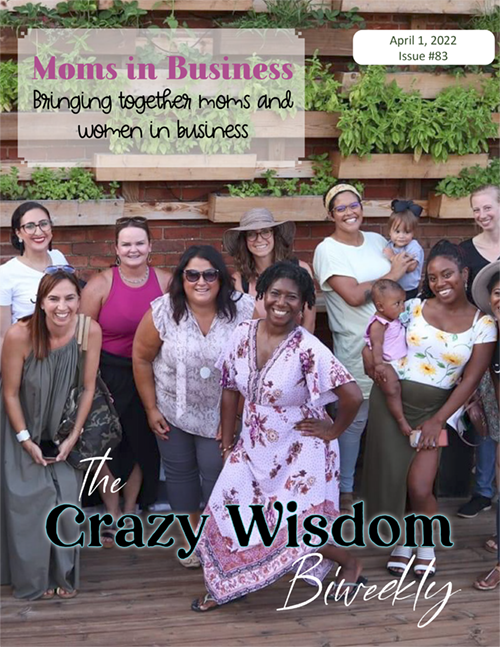

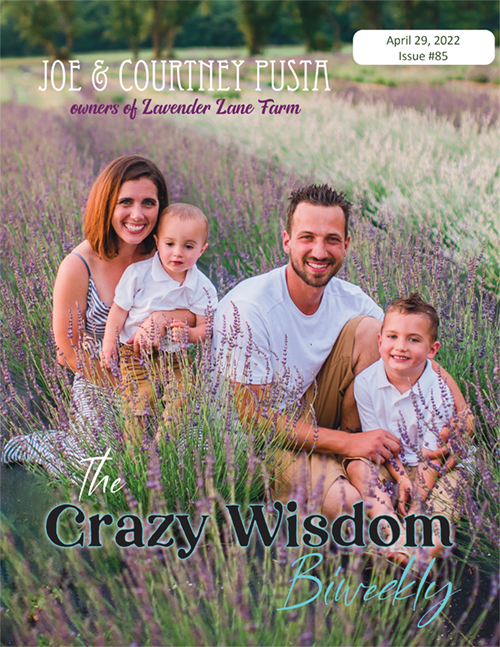


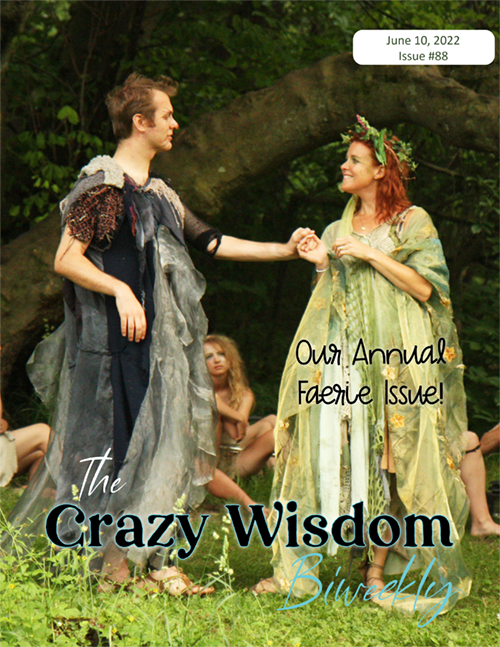


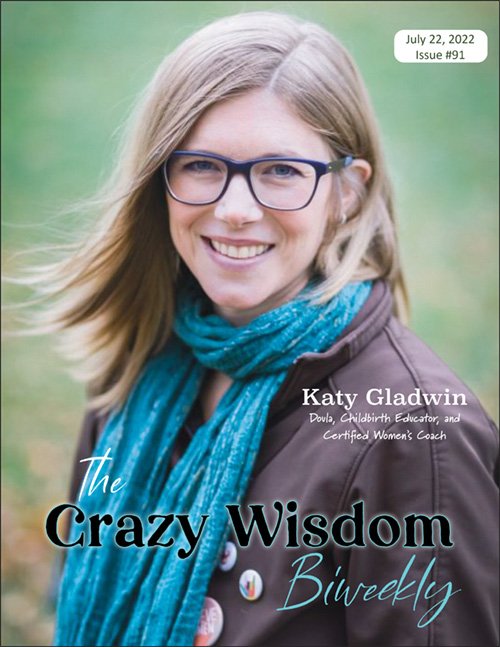
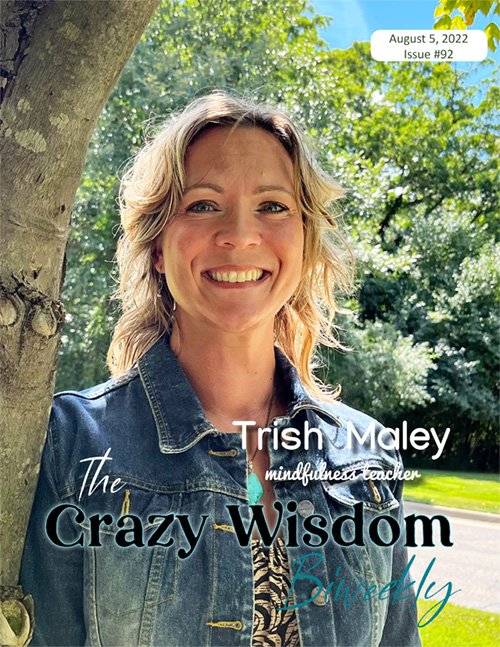
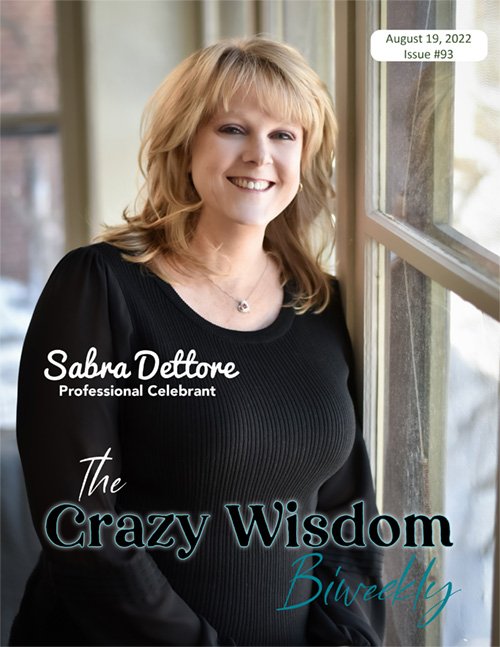




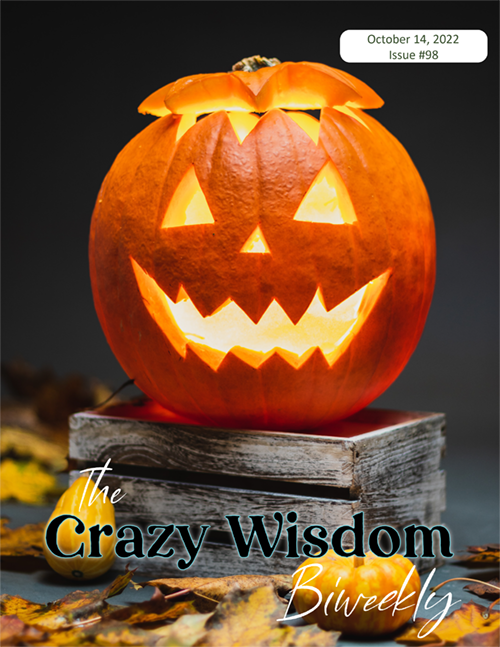










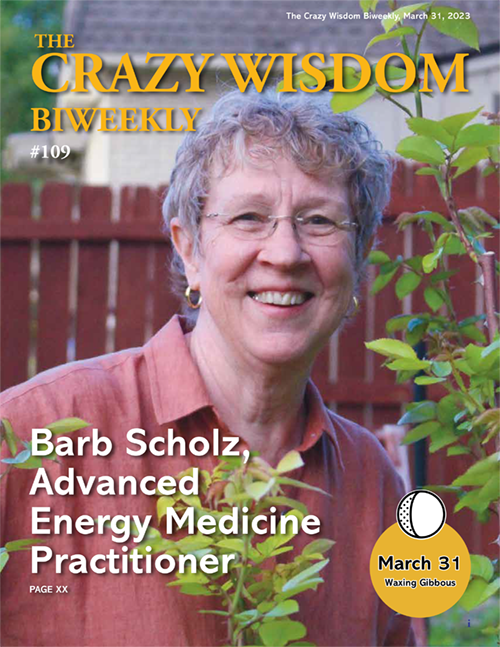
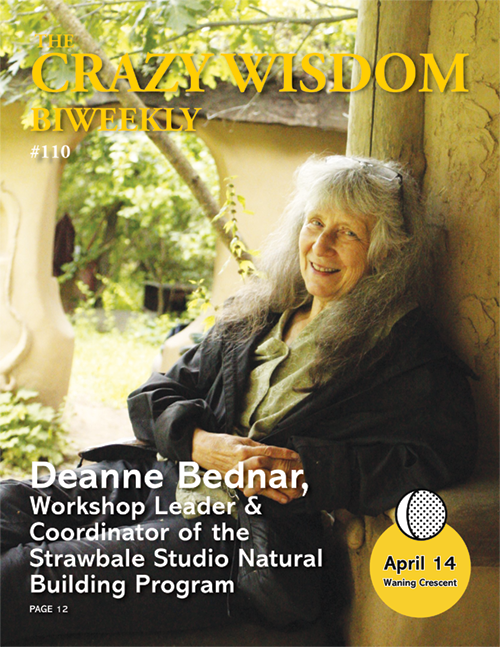
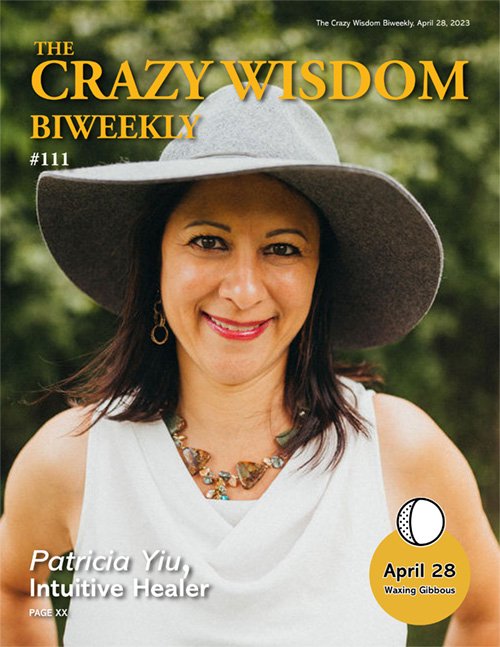
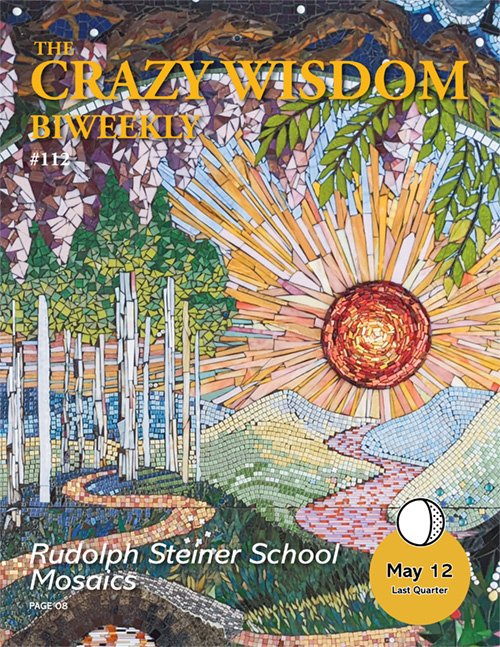


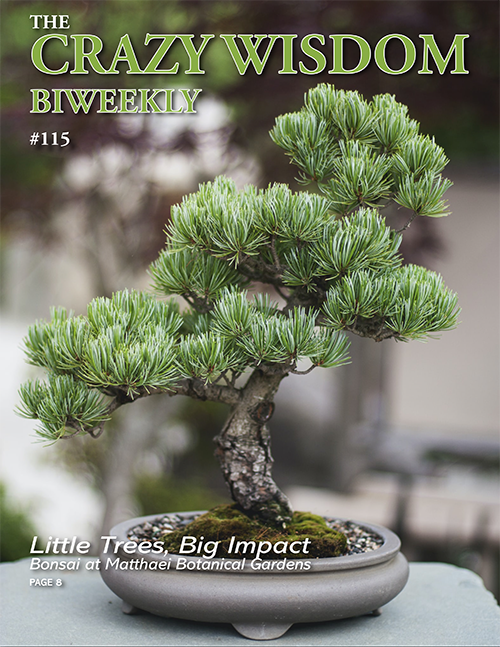
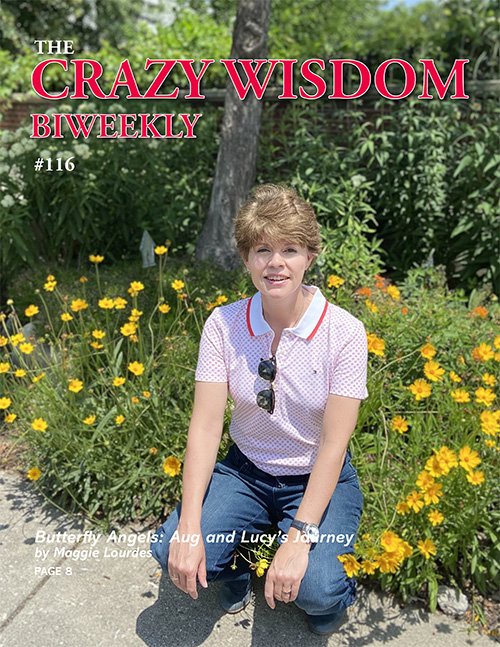

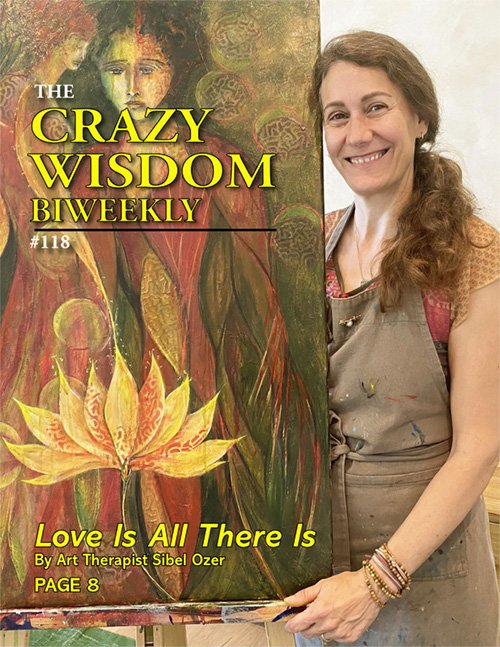


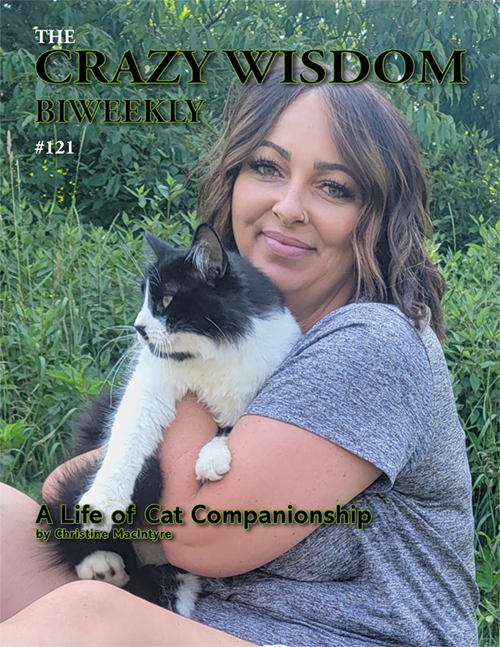
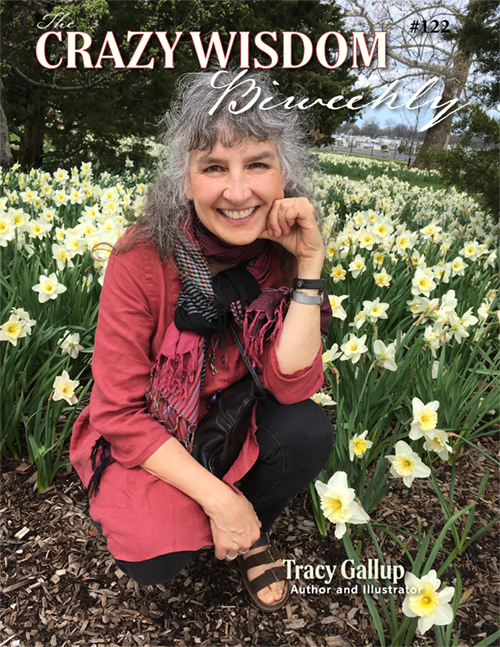

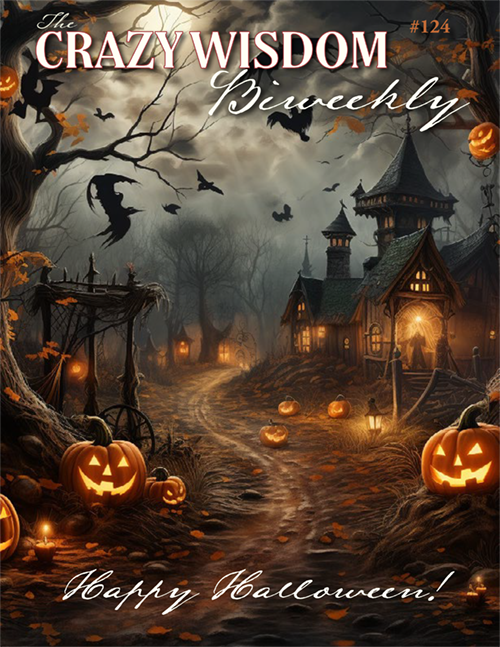



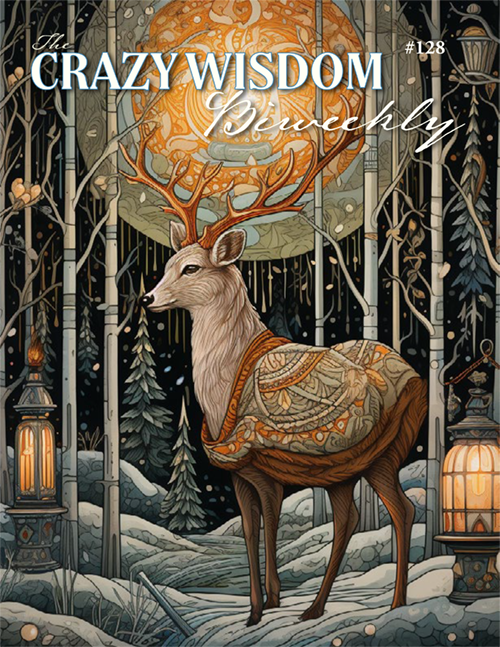



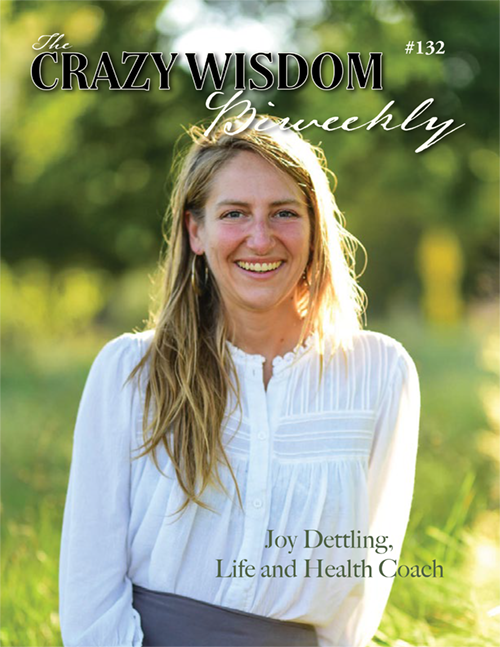













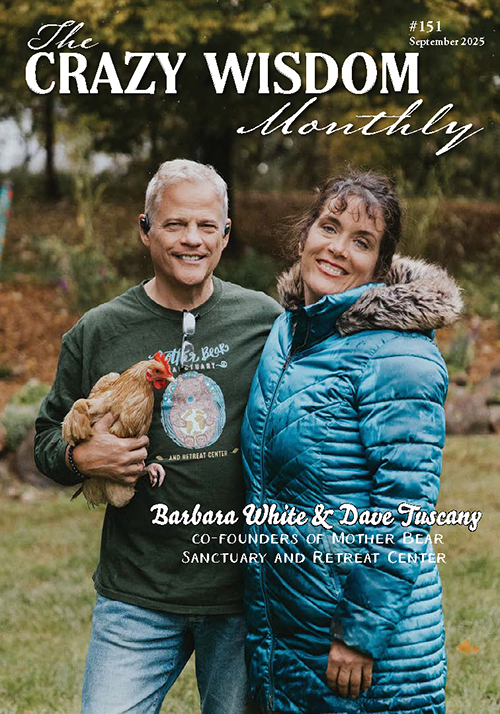
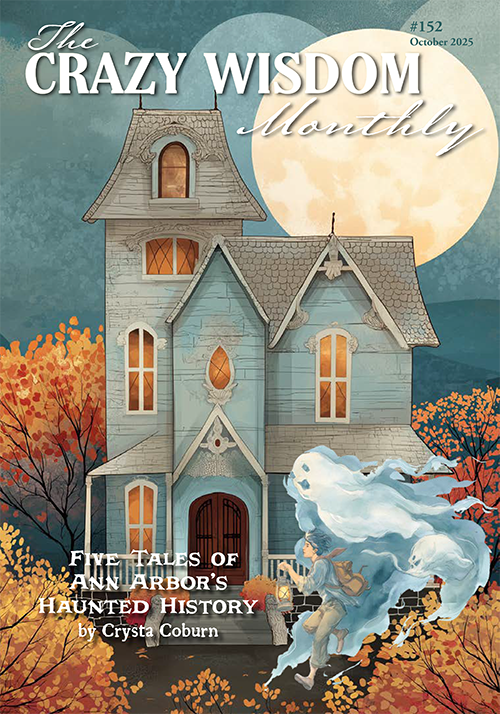
















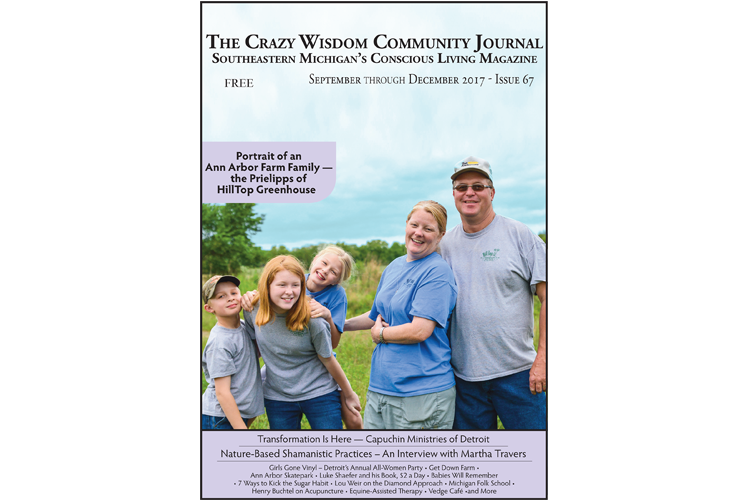











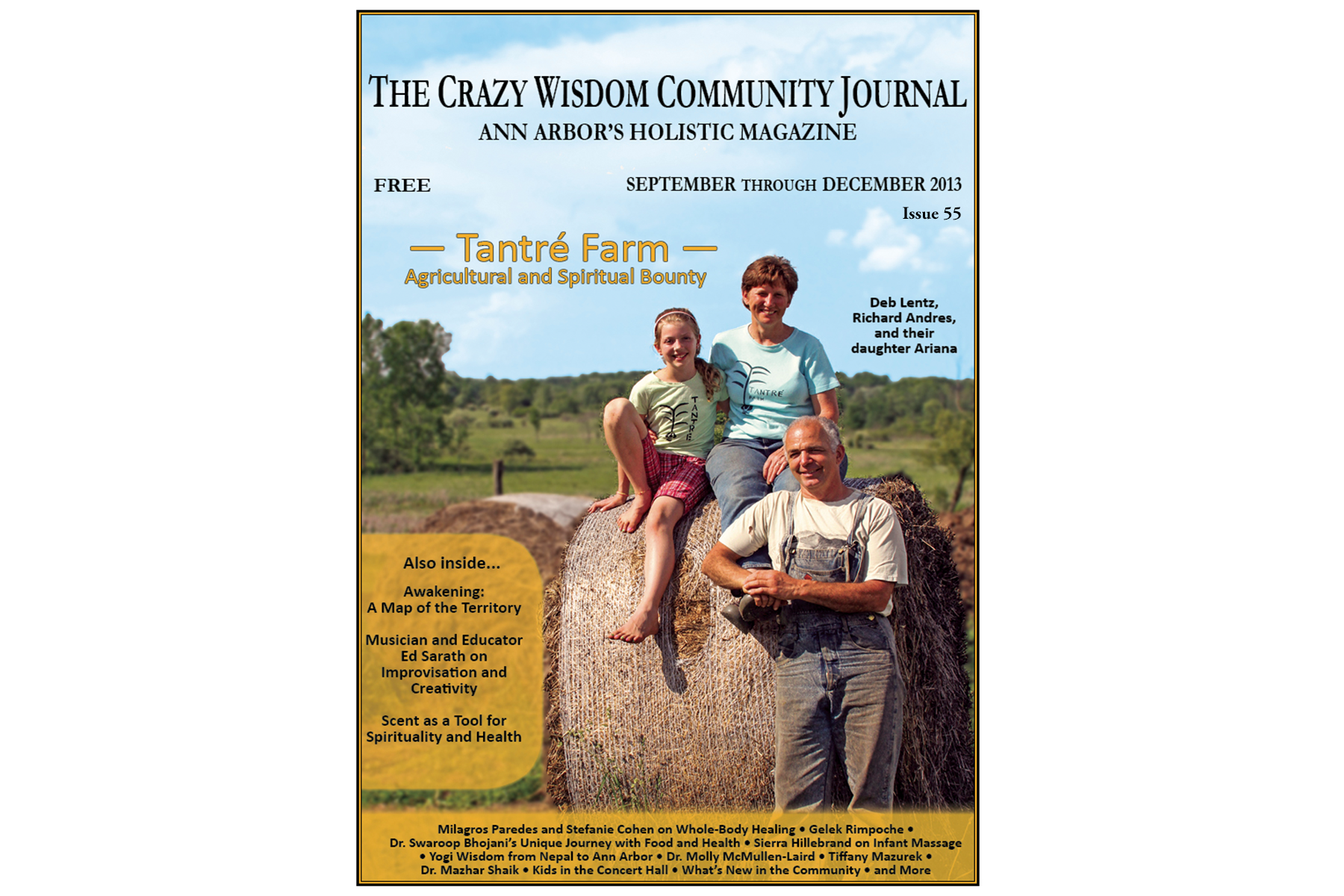
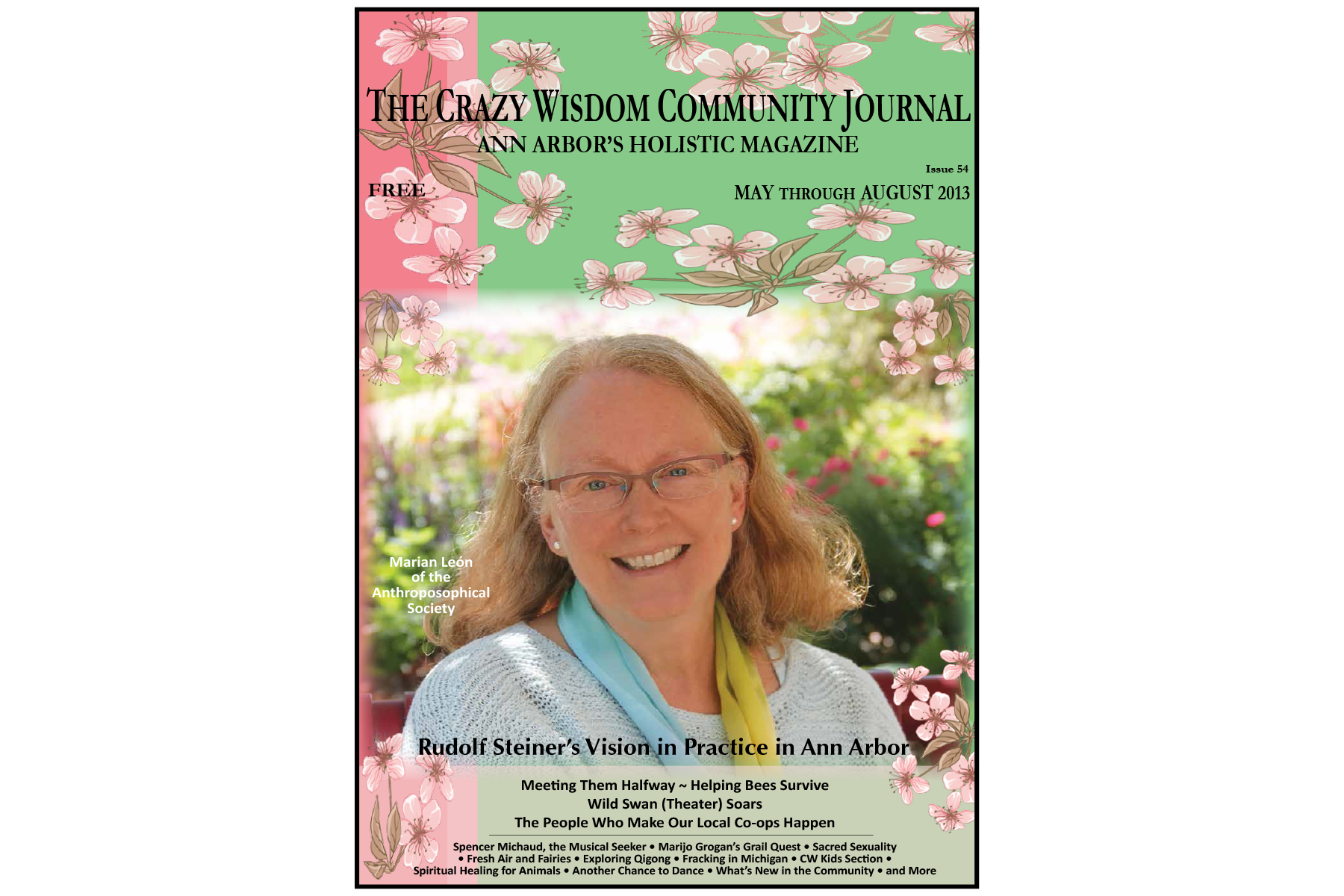

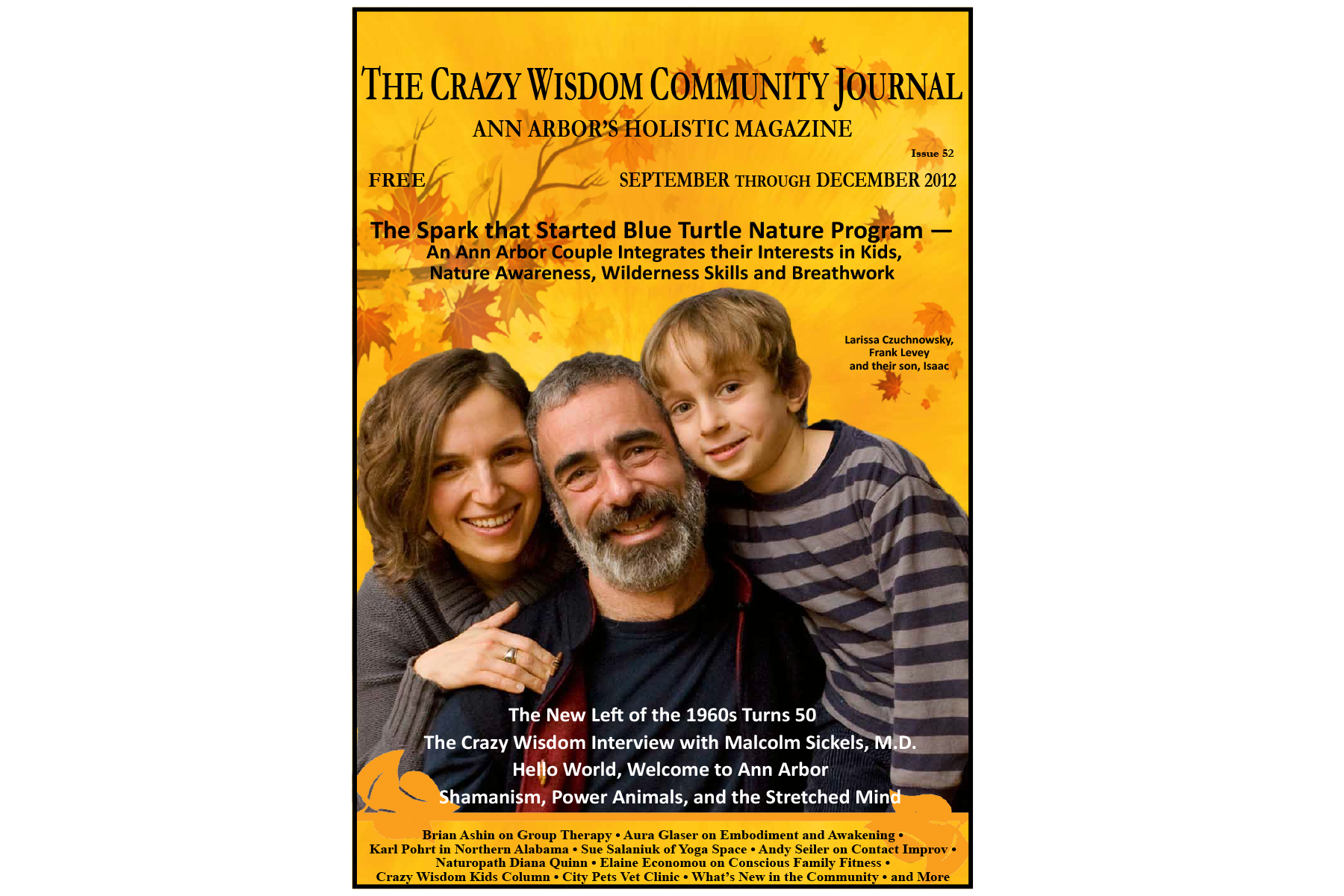




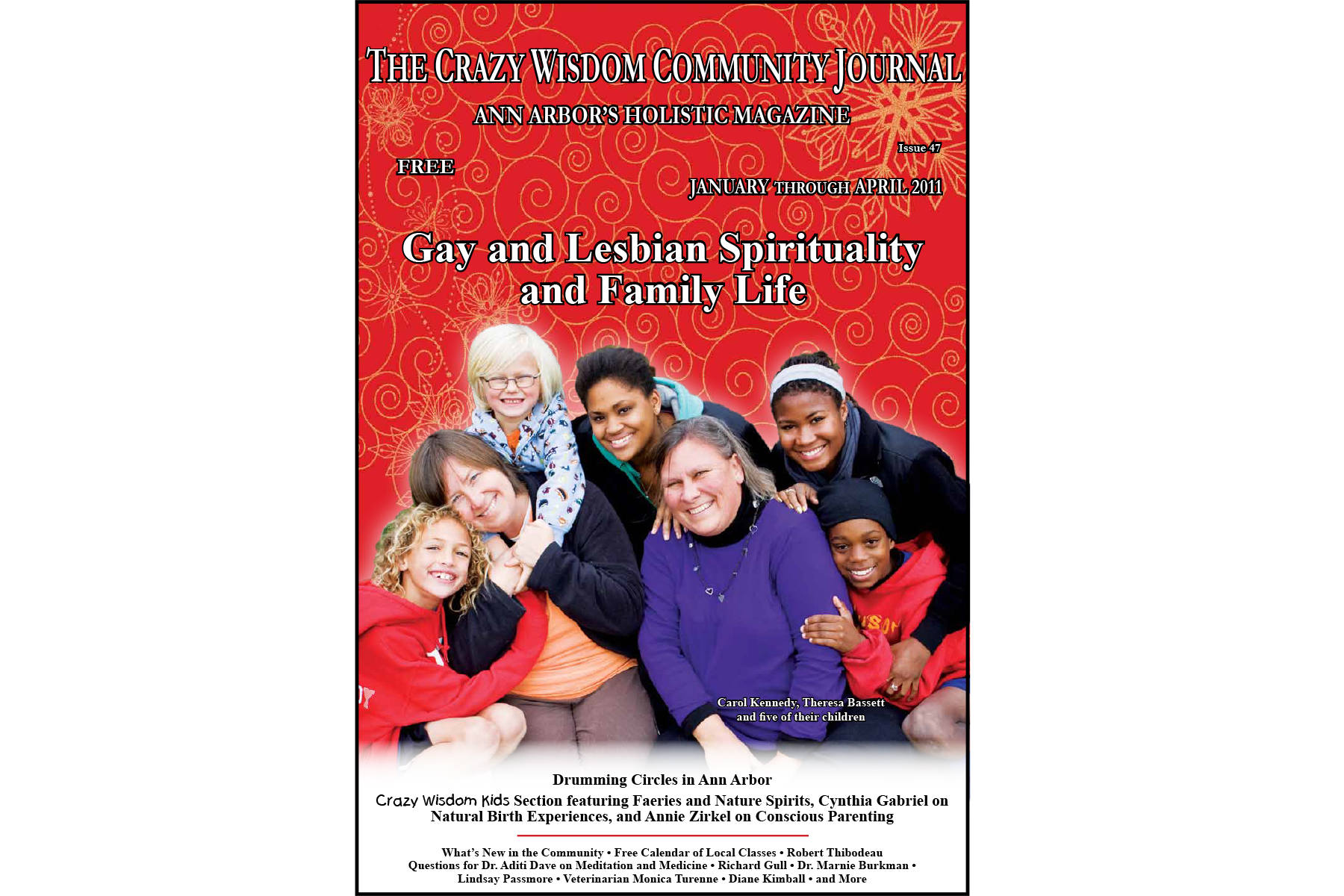


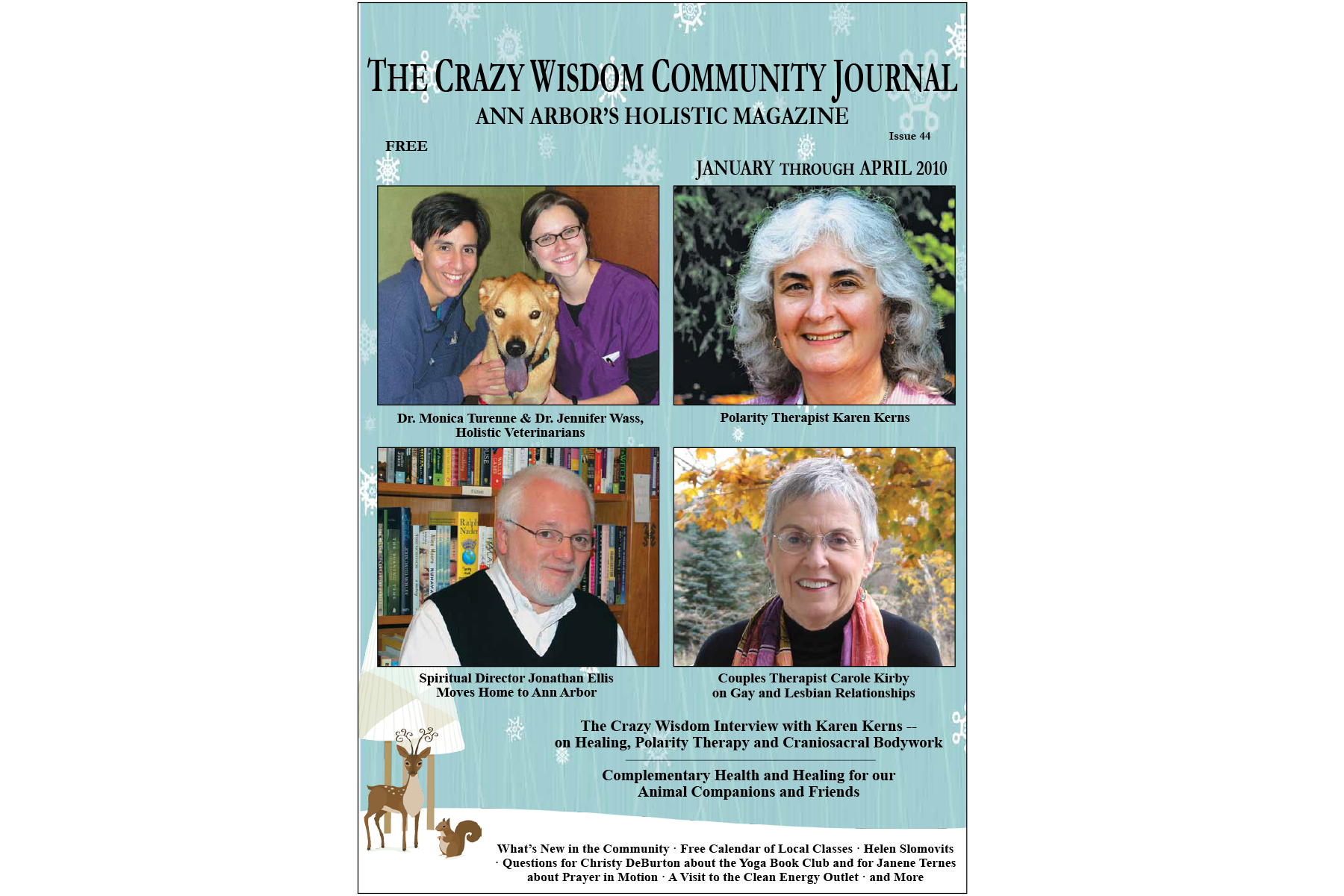



During the spring and summer there is always a lot of buzz around pollinators, their habitats, and how to support them. But did you know you can continue to support your backyard friends in the fall and winter as well? Through a few simple steps you can continue to provide for your local pollinators as the weather turns cold. By offering them housing during the snowy winter months you can guarantee they’ll return to your gardens the following year. It’s a win for everyone!